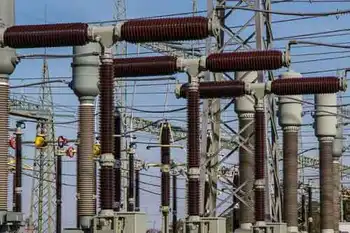Michigan car battery plan gets $220 million boost
Gov. Jennifer Granholm signed a bill into law adding $220 million to the refundable tax credit program, which she says is designed to make Michigan a front-runner for the emerging industry and the thousands of jobs that could go with it. The tax incentive program, started earlier this year, now has up to $555 million in credits available to companies.
The second round of Michigan tax credits for advanced battery projects is expected to be announced later this month. One of the companies expected to be in the running for the Michigan credits is Massachusetts-based A123Systems, which will supply lithium-ion batteries for Chrysler LLC's first-generation electric cars scheduled to go on sale next year.
That's also the type of battery that powers the Chevrolet Volt from General Motors Corp. Michigan already has approved tax credits for General Motors and Ford Motor Co. to advance battery work, provided it is done in the state.
Granholm said she wants to make sure the advanced batteries, now primarily developed in Asia, will be made in Michigan. She said Michigan's initiative is the most aggressive in the U.S. and puts the state in position to tap into a $2 billion federal grant program that also will boost advanced battery manufacturing.
"This bill allows for Michigan to be at the front of the pack in developing the guts of the electric vehicle, which is the next generation battery," Granholm said. "That battery is the key to the automotive future in this country."
Michigan's vehicle battery tax incentives are similar to those offered to the film industry in 2008. To entice moviemakers to choose Michigan over competing states, Granholm and legislators created refundable tax credits for in-state movie production expenses.
Michigan is trying to diversify its economy because it has been hammered by the loss of auto and manufacturing jobs in recent years. The state's jobless rate, 12 percent in February, was the nation's highest.
Related News

Manitoba looking to raise electricity rates 2.5 per cent each year for 3 years
WINNIPEG - The Manitoba government is planning to raise electricity rates by 2.5 per cent a year over the next three years.
Finance Minister Scott Fielding says the increases, to be presented in a bill before the legislature, are the lowest in a decade and will help keep rates among the lowest in Canada.
Crown-owned Manitoba Hydro had asked for a 3.5 per cent increase this year to help pay off billions of dollars in debt.
“The way we figured this out, we looked at the rate increases that were approved by PUB (Public Utilities Board) over the last ten years, (and) we…




